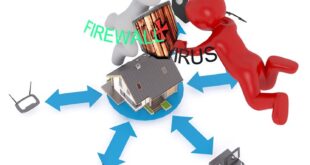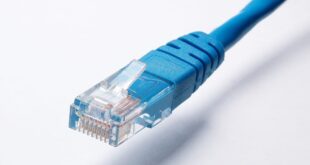10 Foolproof Methods for Ensuring System Security Against Intrusions
Introduction
System security is of utmost importance in today’s digital age. With the increasing prevalence of cyber attacks and intrusions, it is crucial to have foolproof methods in place to protect your system from unauthorized access. Here, we present ten effective strategies that will help you enhance and maintain the security of your system.
Educate Your Users
Often, the weakest link in system security is human error. By educating your users about best security practices, you can significantly reduce the risk of security breaches. Encourage users to create strong passwords, regularly update software, and be cautious of suspicious emails or websites.
Implement Multi-Factor Authentication
Multi-factor authentication adds an extra layer of security by requiring users to provide multiple forms of identification to access a system. By combining something the user knows (e.g., a password) with something they possess (e.g., a verification code sent to their phone), the likelihood of unauthorized access is minimized.
Keep Software Up to Date
Regular software updates are essential for system security. New updates often include patches that address vulnerabilities found by developers or identified by users. Staying current with these updates ensures you benefit from the latest security enhancements.
Perform Regular System Scans
Conducting routine scans, utilizing reliable antivirus software, helps identify and eliminate any malware or malicious files on your system. Automated scans can be scheduled to run regularly, providing ongoing protection.
Secure Network Settings
Configuring your network settings with appropriate encryption, setting up strong firewalls, and regularly auditing network access can prevent unauthorized individuals from gaining entry to sensitive data and systems.
Implement Intrusion Detection Systems
Intrusion Detection Systems (IDS) monitor network traffic for signs of malicious activity, helping to detect and prevent attacks before they can cause harm. Deploying IDS, both at the network level and individual workstations, adds an extra security layer.
Regularly Backup Data
Regularly backing up your important data ensures that, even in the event of a successful intrusion, you can recover important information with minimal downtime. Backup files should be stored securely and tested periodically to verify the data’s integrity.
Enforce Privilege Management
Limiting user privileges to those necessary for their roles greatly reduces the potential impact of intrusions. Implementing rigid access controls ensures that individuals only have access to sensitive information required to perform their tasks.
Monitor System Logs
Keeping a close eye on system logs allows for timely detection of anomalies or suspicious activities within your system. Automated log monitoring tools can quickly identify potential threats, allowing you to respond promptly and mitigate any risks.
Continuously Train Security Personnel
Investing in the skills and knowledge of your security personnel is crucial for maintaining an effective security infrastructure. Provide regular training to keep them up to date with emerging threats and the latest security practices.
 Mind Uncharted Explore. Discover. Learn.
Mind Uncharted Explore. Discover. Learn.



